39 labelled diagram of compound microscope
› pdf › ieFor Objective Questions and NCERT Solutions ... microscope. The particles are visible under microscope. (iv) The particle of a true solution can be recovered. The particles of a colloidal solution cannot be recovered. (v) The particles of a true solution do not scatter light. The particles of a colloidal solution scatter light. 49. Explain sublimation process with labelled diagram. Ans : cbseacademic.nic.in › web_material › SQPClass-X Science-086 SAMPLE QUESTION PAPER-19 TIME: 3 ... - CBSE 17. A compound A (C 2H 4O 2) reacts with Na metal to form a compound ‘B’ and evolves a gas which burns with a pop sound. Compound ‘A’ on treatment with an alcohol ‘C’ in presence of an acid forms a sweet smelling compound ‘D’ (C 4H 8O 2). On addition of NaOH to ‘D’ gives back B and C. Identify A, B, C and D write the ...
microbenotes.com › under-the-microscopeAmazing 27 Things Under The Microscope With Diagrams May 13, 2022 · Observation under the compound microscope. Under a compound microscope, the differences between the sand particles become more apparent. It is visible that the shape, size color, and texture of individual particles vary within the sand collected from the same place. Some grains might appear smooth, while others appear irregular and sharp.
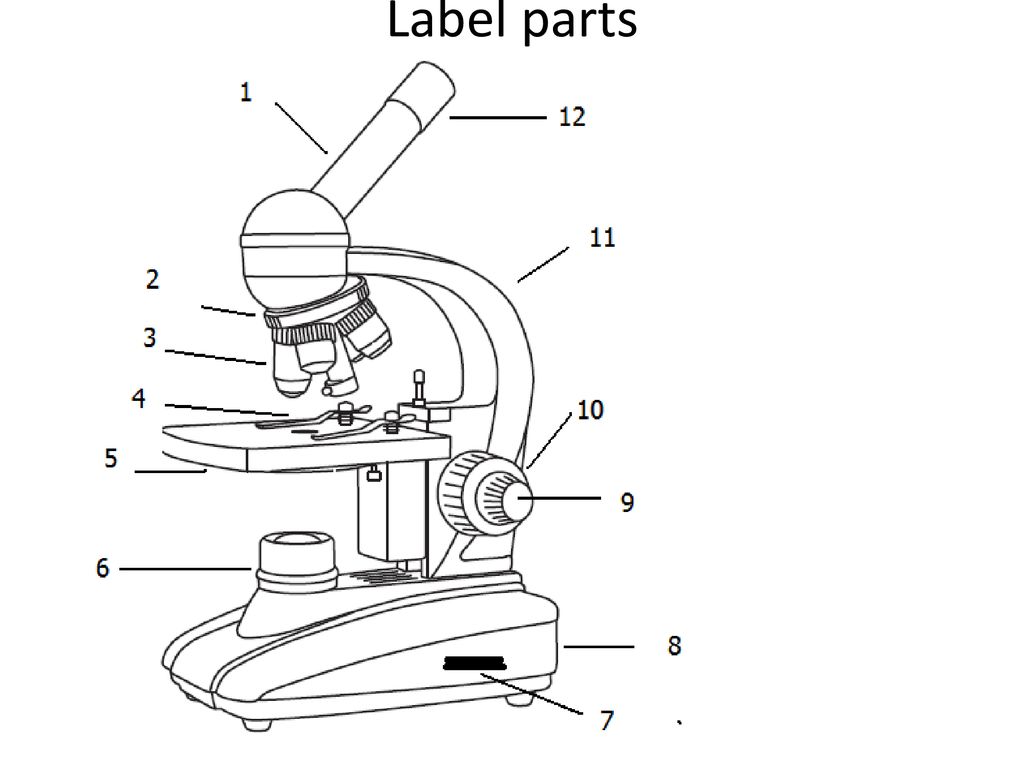
Labelled diagram of compound microscope
› cell-biologyTop 16 Techniques Used in Cell Biology (With Diagram) ADVERTISEMENTS: The following points highlight the top sixteen techniques used in cell biology. Some of the techniques are: 1. Immunofluorescence Microscopy 2. Ion-Exchange Chromatography 3. Affinity Chromatography 4. Partition and Adsorption Chromatography 5. Gel Filtration Chromatography 6. Radioactive Tracer Technique 7. Radioimmunoassay (RIA) 8. Enzyme Immunoassay 9. Spectroscopy and ... microscopewiki.com › compound-microscopeCompound Microscope – Diagram (Parts labelled), Principle and ... Feb 03, 2022 · See: Labeled Diagram showing differences between compound and simple microscope parts Structural Components. The three structural components include. 1. Head. This is the upper part of the microscope that houses the optical parts en.wikipedia.org › wiki › EyeEye - Wikipedia Photoreception is phylogenetically very old, with various theories of phylogenesis. The common origin of all animal eyes is now widely accepted as fact.This is based upon the shared genetic features of all eyes; that is, all modern eyes, varied as they are, have their origins in a proto-eye believed to have evolved some 650-600 million years ago, and the PAX6 gene is considered a key factor in ...
Labelled diagram of compound microscope. › 39605905 › Cambridge_CheckpointCambridge Checkpoint Science Coursebook 8 - Academia.edu This captivating Coursebook provides coverage of stage 8 of the revised Cambridge Secondary 1 curriculum framework. It is endorsed by Cambridge International Examinations for use with their programme. The series is written by a highly experienced en.wikipedia.org › wiki › EyeEye - Wikipedia Photoreception is phylogenetically very old, with various theories of phylogenesis. The common origin of all animal eyes is now widely accepted as fact.This is based upon the shared genetic features of all eyes; that is, all modern eyes, varied as they are, have their origins in a proto-eye believed to have evolved some 650-600 million years ago, and the PAX6 gene is considered a key factor in ... microscopewiki.com › compound-microscopeCompound Microscope – Diagram (Parts labelled), Principle and ... Feb 03, 2022 · See: Labeled Diagram showing differences between compound and simple microscope parts Structural Components. The three structural components include. 1. Head. This is the upper part of the microscope that houses the optical parts › cell-biologyTop 16 Techniques Used in Cell Biology (With Diagram) ADVERTISEMENTS: The following points highlight the top sixteen techniques used in cell biology. Some of the techniques are: 1. Immunofluorescence Microscopy 2. Ion-Exchange Chromatography 3. Affinity Chromatography 4. Partition and Adsorption Chromatography 5. Gel Filtration Chromatography 6. Radioactive Tracer Technique 7. Radioimmunoassay (RIA) 8. Enzyme Immunoassay 9. Spectroscopy and ...



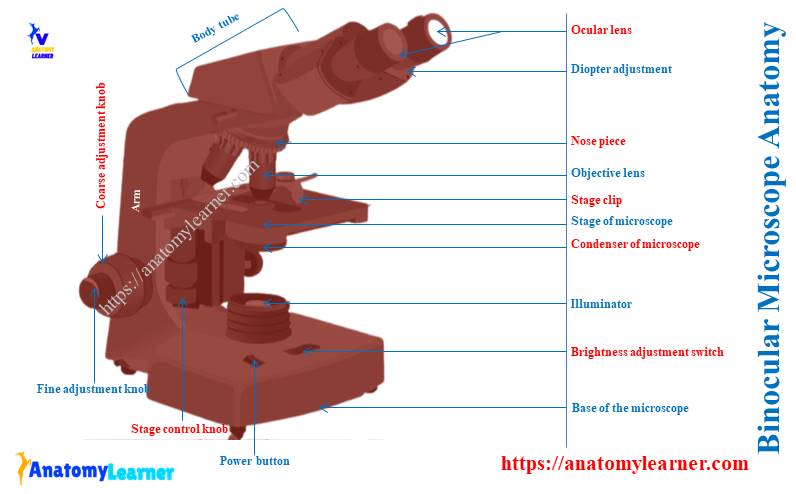




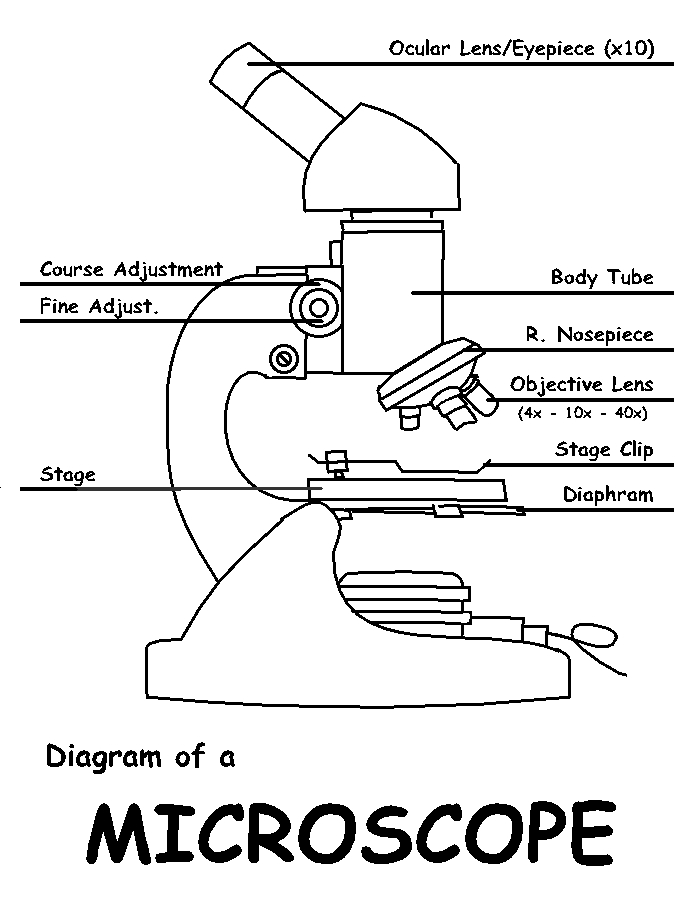
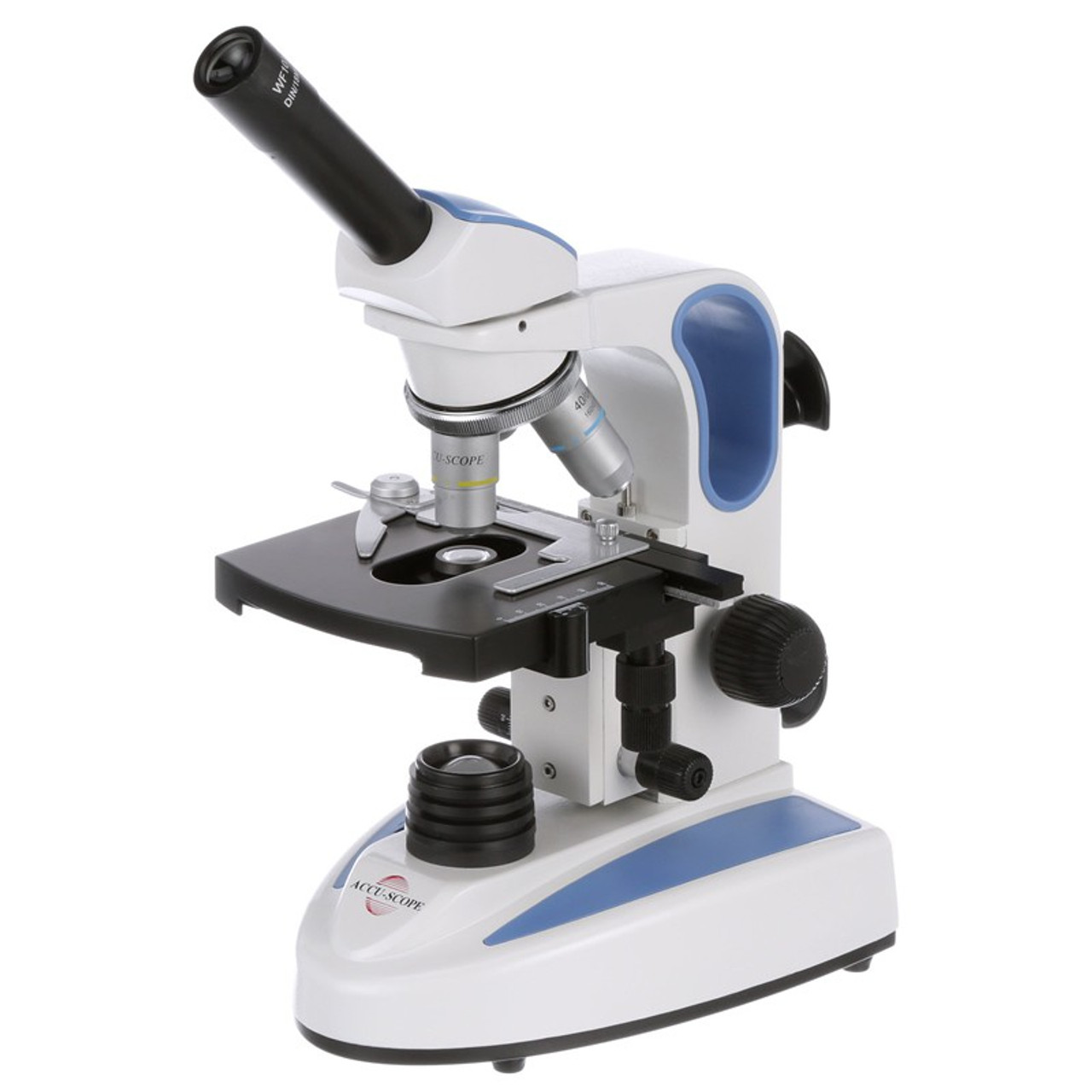
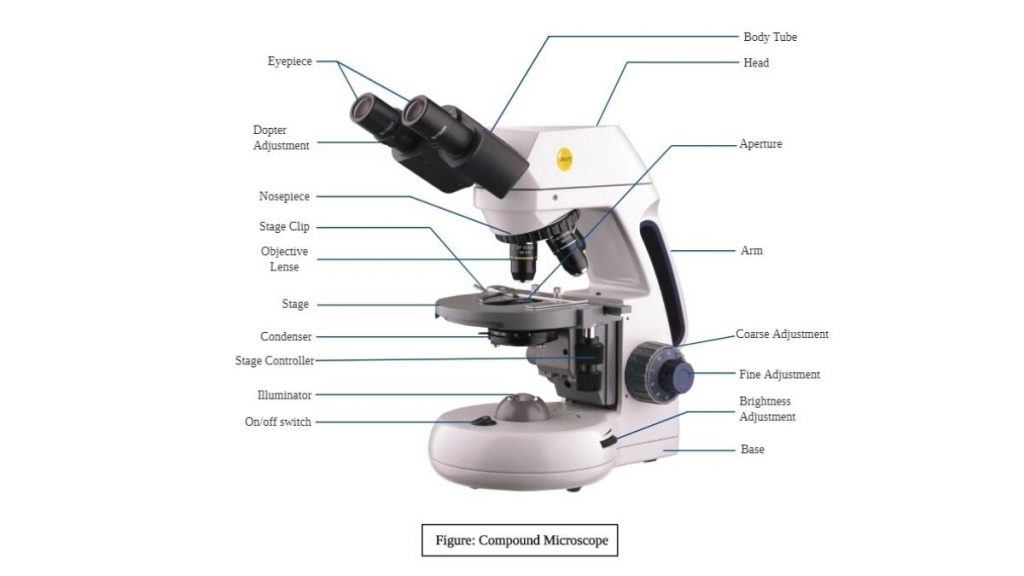
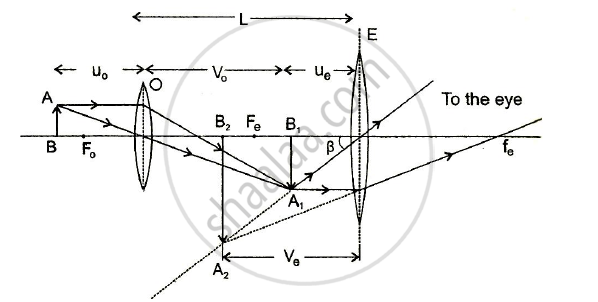

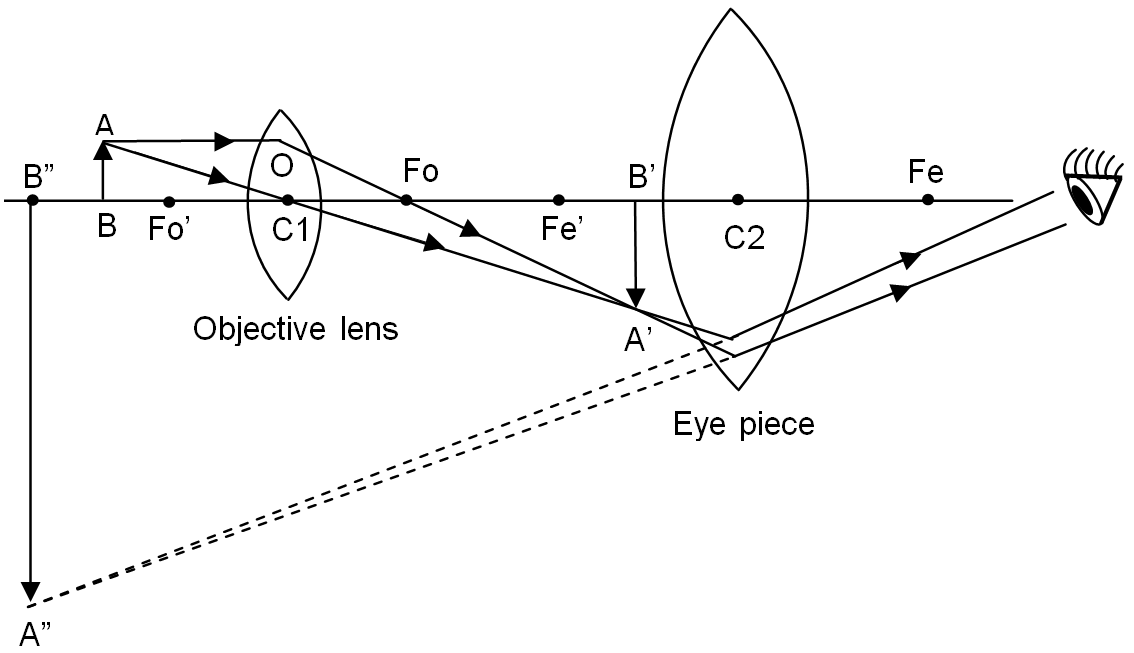


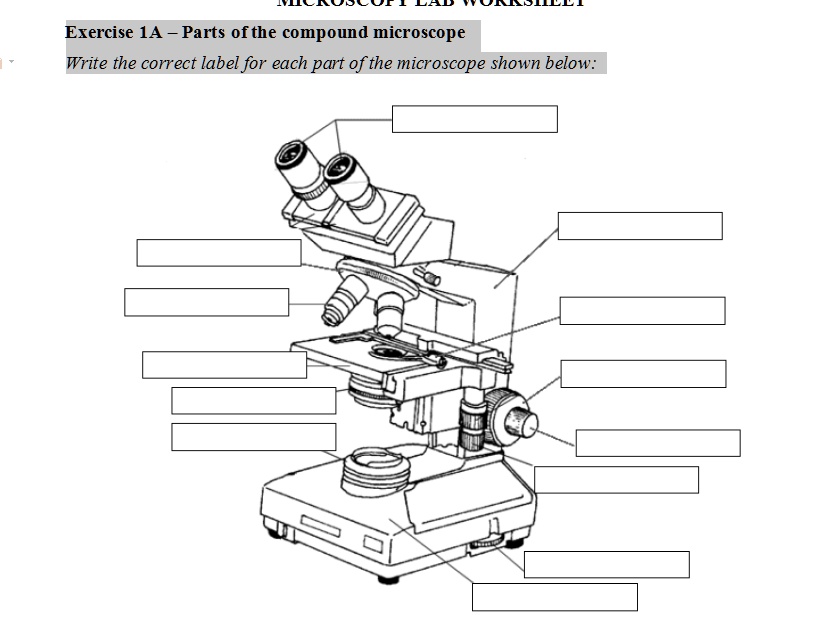



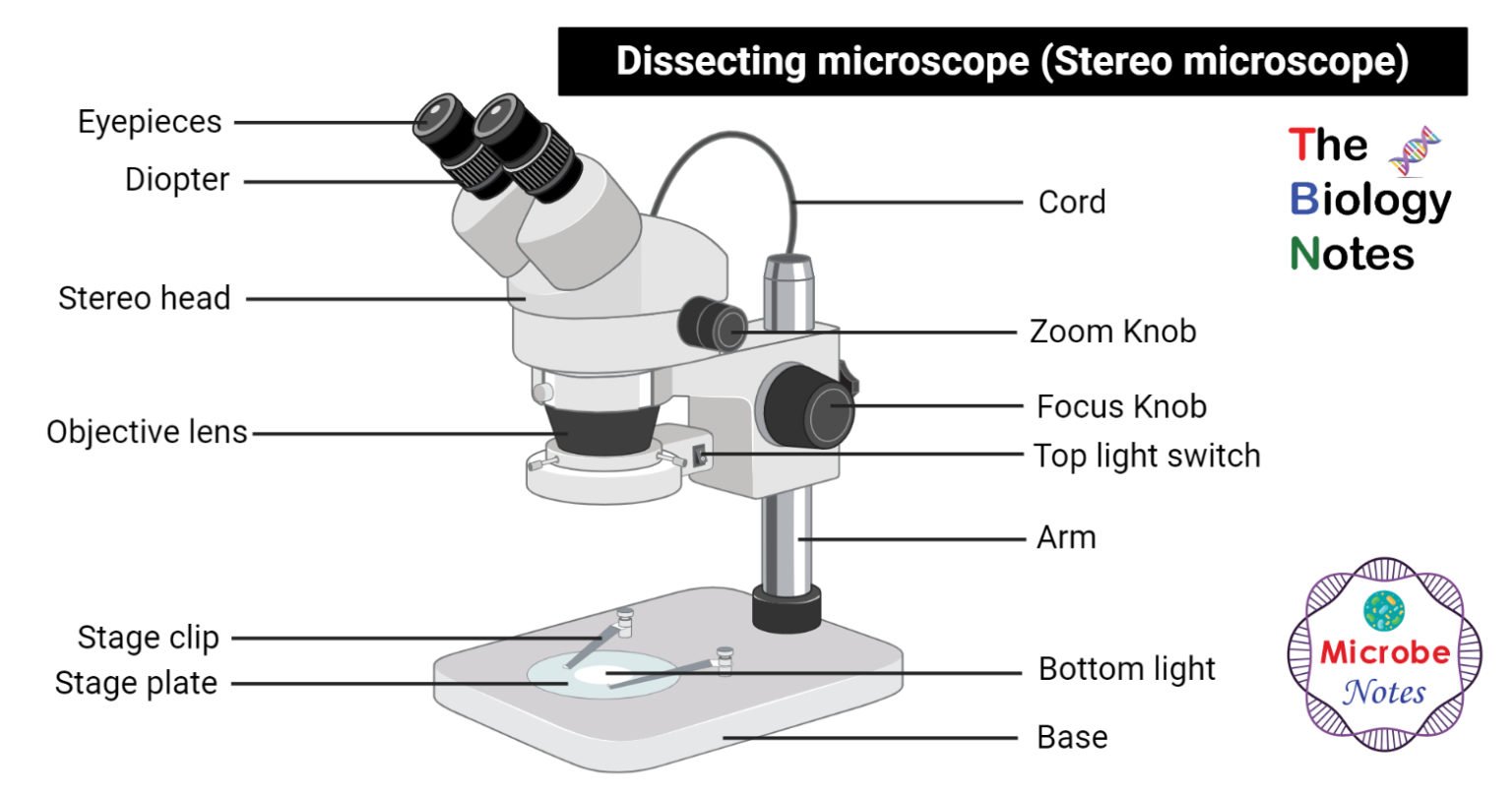




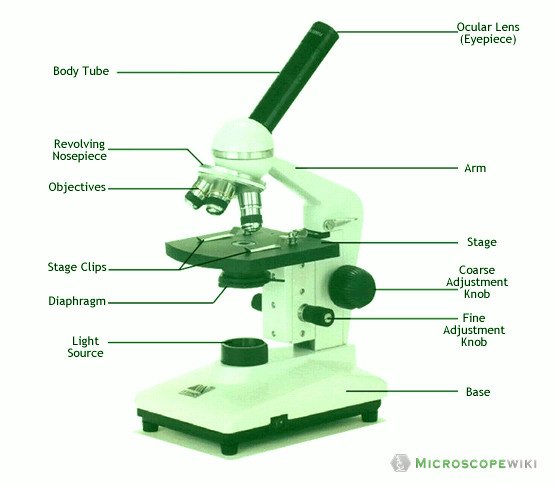
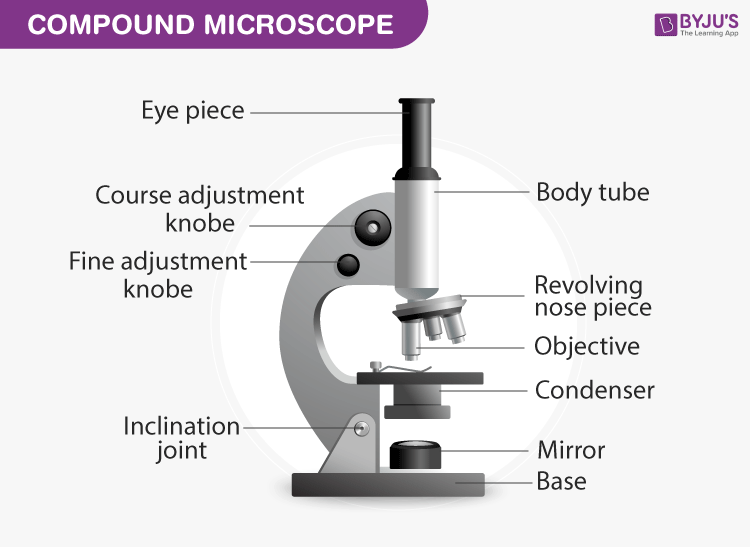

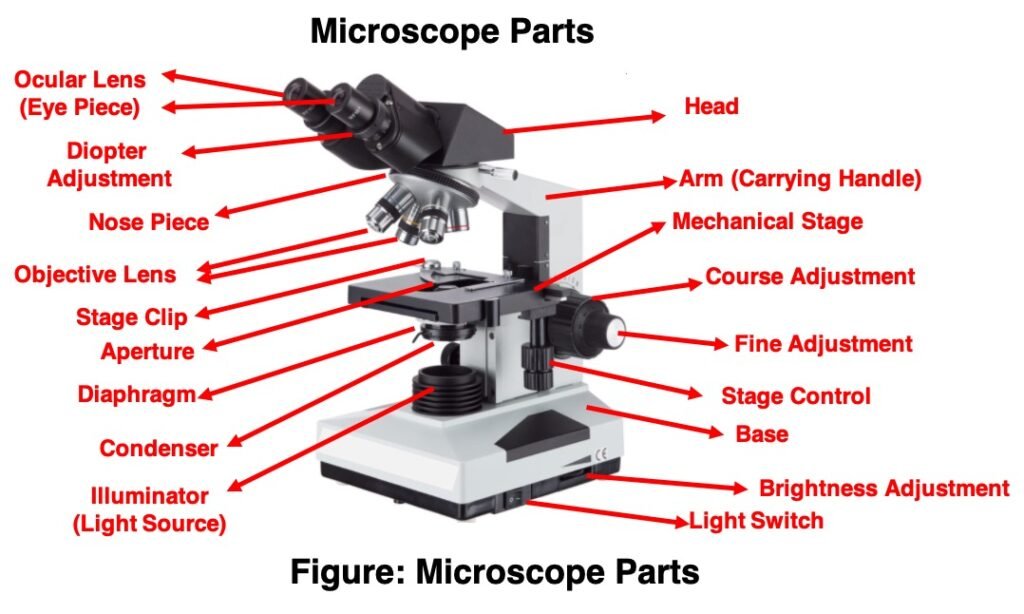
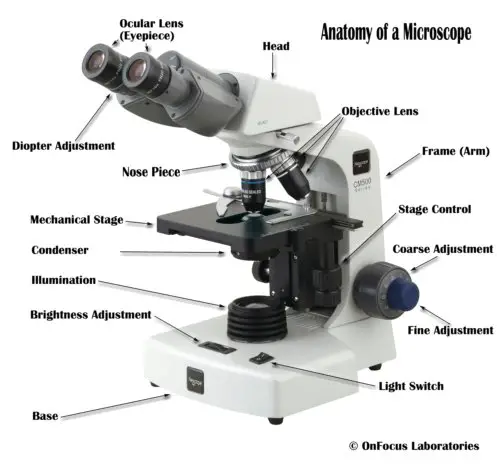

Post a Comment for "39 labelled diagram of compound microscope"